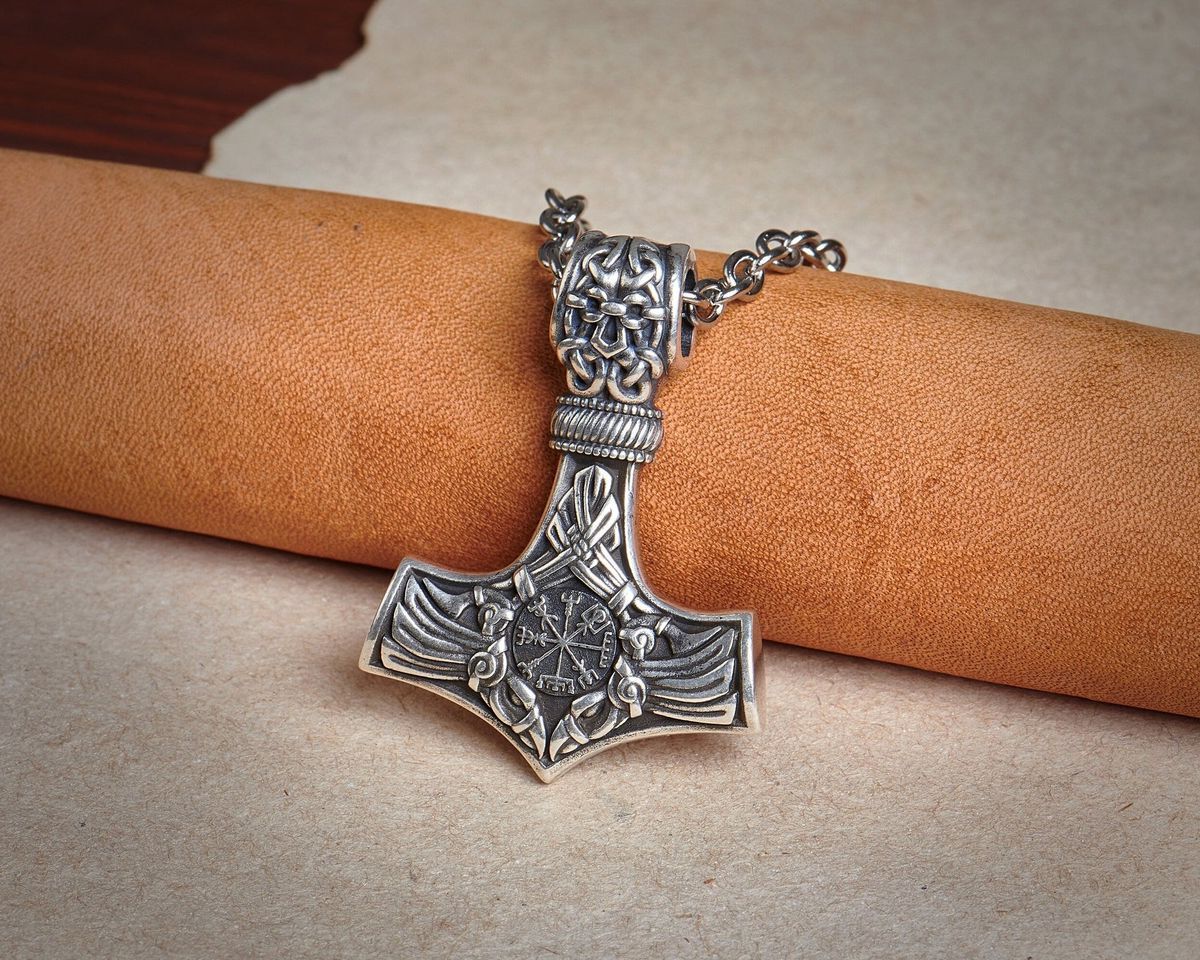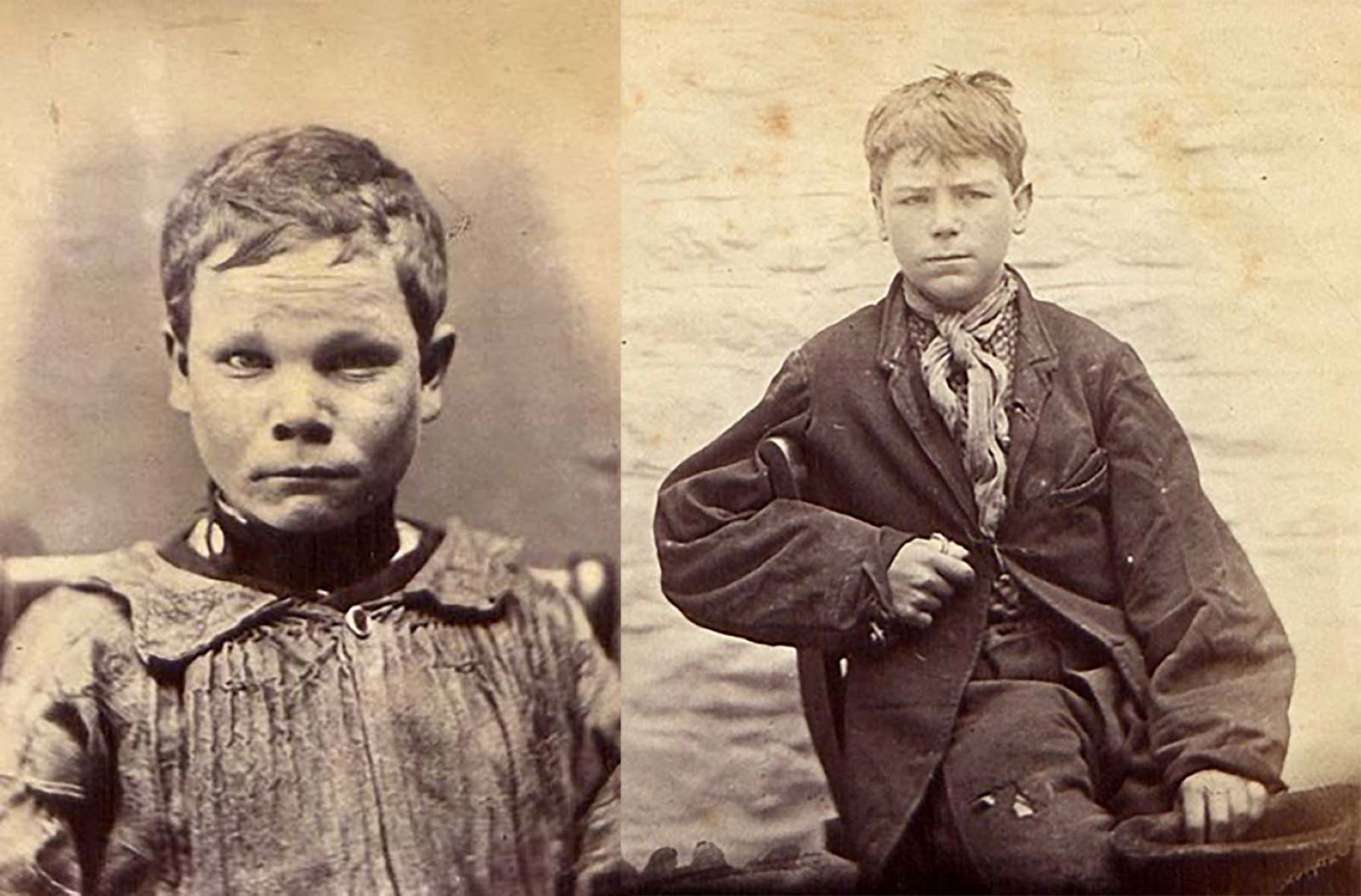
Ever wondered about the significance of Thor's Hammer Amulet? This iconic symbol, known as Mjölnir, holds a rich history and deep cultural meaning. Originating from Norse mythology, Mjölnir was wielded by Thor, the god of thunder, to protect Asgard and Midgard. But why did the Vikings wear it as an amulet? They believed it provided protection, strength, and blessings from the gods. Did you know that Mjölnir amulets were often used in ceremonies, including weddings, to invoke Thor's blessings? These amulets, often made of iron or silver, were not just jewelry but powerful talismans. Curious about more intriguing facts? Let's dive into the world of Thor's Hammer Amulet and uncover its mysteries.
Key Takeaways:
- Thor's Hammer, also known as Mjölnir, is a powerful symbol in Norse mythology, representing protection and divine authority. It has been found in archaeological sites and continues to influence modern culture.
- Mjölnir holds significance in Norse mythology, popular culture, and fashion. It is a sacred symbol in Ásatrú and a central element in Marvel's Thor comics and movies.
The Origins of Thor's Hammer Amulet
Thor's Hammer, also known as Mjölnir, is one of the most iconic symbols in Norse mythology. It represents power, protection, and the divine authority of the gods. Here are some fascinating facts about this legendary amulet.
- Mjölnir means "grinder" or "crusher" in Old Norse, reflecting its immense power.
- The hammer was forged by the dwarven brothers Sindri and Brokkr, who were master blacksmiths.
- According to myth, Loki, the trickster god, was responsible for the creation of Mjölnir after he cut off Sif's hair and had to compensate Thor.
Symbolism and Significance
Thor's Hammer is more than just a weapon; it carries deep symbolic meaning in Norse culture. Let's explore its significance.
- Mjölnir symbolizes protection and was often worn as an amulet to ward off evil spirits.
- The hammer was used in sacred rituals, including blessings, weddings, and funerals.
- It represents the power of thunder and lightning, elements controlled by Thor.
Thor's Hammer in Mythology
Thor's Hammer plays a crucial role in many Norse myths. Here are some key stories involving Mjölnir.
- In the myth "The Theft of Mjölnir," the giant Thrym steals the hammer, and Thor must disguise himself as Freyja to retrieve it.
- Mjölnir was used to slay the giant Hrungnir in a fierce battle.
- The hammer was also instrumental in Thor's fishing trip with the giant Hymir, where he attempted to catch the Midgard Serpent.
Archaeological Discoveries
Thor's Hammer amulets have been found in various archaeological sites, shedding light on their historical use.
- Over 1,000 Mjölnir amulets have been discovered across Scandinavia.
- These amulets date back to the Viking Age, around the 9th to 11th centuries.
- Many of the amulets were made of silver, bronze, or iron, showcasing the craftsmanship of the time.
Modern Interpretations
Thor's Hammer continues to be a popular symbol in contemporary culture. Here are some modern interpretations.
- Mjölnir is a common motif in jewelry, often worn by those who identify with Norse heritage or neopaganism.
- The hammer appears in various forms of media, including comic books, movies, and video games.
- It is a symbol of strength and resilience, often used in tattoos and artwork.
Cultural Impact
The influence of Thor's Hammer extends beyond mythology and archaeology. Let's look at its broader cultural impact.
- Mjölnir has been adopted by various groups, including modern-day pagans and heathens, as a symbol of their faith.
- The hammer is often used in reenactments and festivals celebrating Viking culture.
- It has become a symbol of identity and pride for those with Scandinavian ancestry.
Fun Facts
Here are some lighter, fun facts about Thor's Hammer that you might not know.
- In the Marvel Universe, Mjölnir can only be lifted by those deemed "worthy," a concept inspired by the original myths.
- The name "Mjölnir" has been used for various products, including hammers, tools, and even a roller coaster.
- Some believe that the shape of Mjölnir was inspired by ancient thunderstones, which were believed to be the remnants of lightning strikes.
Thor's Hammer in Popular Culture
Thor's Hammer has made its mark in popular culture, influencing various forms of entertainment.
- Mjölnir is a central element in Marvel's Thor comics and movies, wielded by the superhero Thor.
- The hammer appears in video games like "God of War" and "Assassin's Creed Valhalla."
- It has been featured in numerous TV shows, including "Vikings" and "The Almighty Johnsons."
Thor's Hammer in Literature
The legendary hammer has also found its way into literature, inspiring countless stories and books.
- Mjölnir is mentioned in the Poetic Edda and the Prose Edda, two primary sources of Norse mythology.
- The hammer has inspired modern fantasy novels, including Rick Riordan's "Magnus Chase and the Gods of Asgard" series.
- It is often depicted in historical fiction, bringing the myths to life for new generations of readers.
Thor's Hammer in Art
Artists have long been captivated by the image of Thor's Hammer, creating stunning works inspired by the myth.
- Mjölnir is a popular subject in Norse-themed artwork, including paintings, sculptures, and illustrations.
- The hammer is often depicted in Viking Age art, such as runestones and carvings.
- Contemporary artists continue to draw inspiration from Mjölnir, incorporating it into modern designs and creations.
Thor's Hammer in Religion
Thor's Hammer holds a special place in various religious practices and beliefs.
- Mjölnir is a sacred symbol in Ásatrú, a modern revival of Norse paganism.
- The hammer is used in rituals and ceremonies, including blessings and consecrations.
- It serves as a protective talisman for those who follow the old Norse gods.
Thor's Hammer in Fashion
The iconic hammer has even made its way into the world of fashion, influencing styles and trends.
- Mjölnir pendants and necklaces are popular accessories, often worn as a statement piece.
- The hammer's design has inspired clothing, including T-shirts, hoodies, and even footwear.
The Power of Thor's Hammer Amulet
Thor's Hammer Amulet isn't just a piece of jewelry. It's a symbol of strength, protection, and heritage. Worn by Vikings and modern enthusiasts alike, this amulet connects people to ancient Norse mythology. Its design, often intricate, reflects the artistry of the time and the deep cultural significance attached to it.
Whether you're fascinated by its historical roots or drawn to its mythological power, Thor's Hammer Amulet offers a unique glimpse into a world where gods walked among men. From warding off evil to representing the might of Thor, this amulet has stood the test of time.
Next time you see or wear a Thor's Hammer Amulet, remember the rich history and powerful symbolism it carries. It's more than just an accessory; it's a piece of a grander story that continues to inspire and protect.
Frequently Asked Questions
Was this page helpful?
Our commitment to delivering trustworthy and engaging content is at the heart of what we do. Each fact on our site is contributed by real users like you, bringing a wealth of diverse insights and information. To ensure the highest standards of accuracy and reliability, our dedicated editors meticulously review each submission. This process guarantees that the facts we share are not only fascinating but also credible. Trust in our commitment to quality and authenticity as you explore and learn with us.


